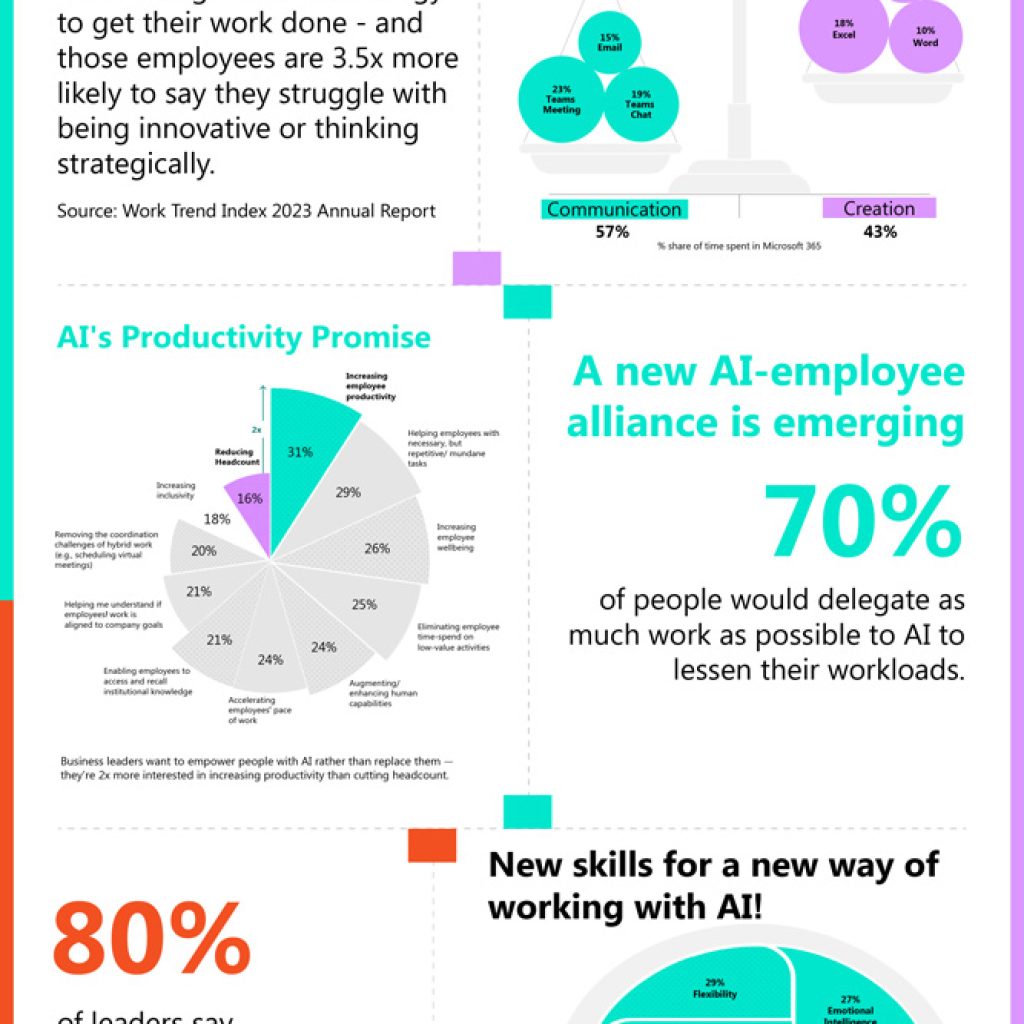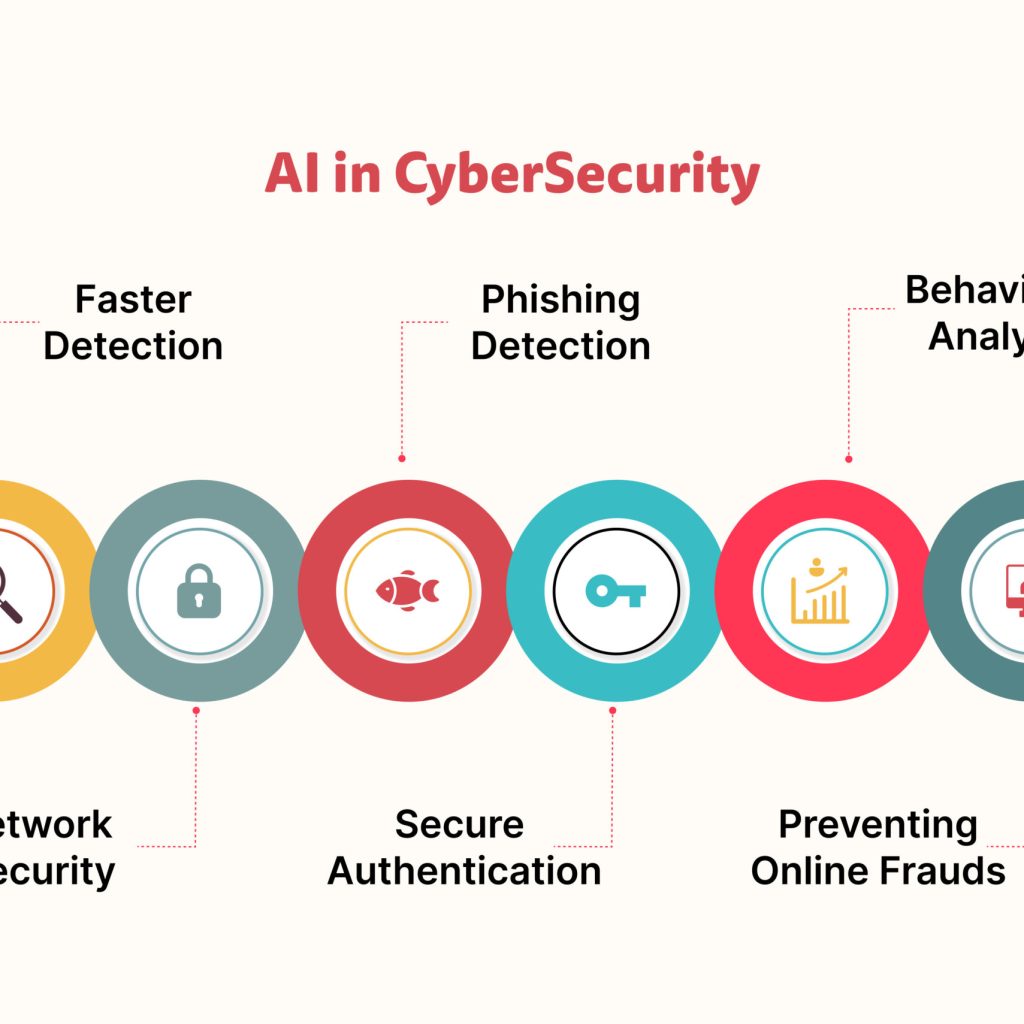The symbiotic relationship between AI tools and data security has emerged as a pressing concern for companies worldwide. As highlighted by recent findings from Code42, the proliferation of AI and generative AI (GenAI) technologies has exacerbated the threat of data exfiltration, underscoring the urgent need for proactive measures to safeguard sensitive information.
Despite widespread adoption of data protection solutions, cybersecurity leaders grapple with escalating risks posed by insider-driven data exposure events, prompting a reevaluation of existing strategies in the face of evolving cyber threats.
AI tools – Shortcomings in data protection strategies exposed
Despite the widespread implementation of data protection solutions, companies continue to face significant challenges in safeguarding sensitive data against emerging threats. According to Code42’s research, an alarming 78% of cybersecurity leaders acknowledge instances of sensitive data breaches, leaks, or exposures within their organizations. These risks are compounded by the pervasive influence of AI and GenAI technologies, which have fundamentally transformed the modern workplace and expanded the attack surface for potential data exfiltration incidents.
Joe Payne, CEO of Code42, noted that modern data’s portability, facilitated by AI and cloud technologies, fosters employee connectivity and collaboration but also raises the risk of leaking critical corporate data like source code and IP. This sentiment underscores the dual nature of technological advancements, which simultaneously empower organizations while exposing them to heightened security vulnerabilities.
Amid growing concerns over cybersecurity talent shortages and regulatory compliance, organizations increasingly rely on AI and GenAI technologies to bridge skill gaps and enhance data protection capabilities. However, the perceived benefits of these tools are tempered by apprehensions regarding their potential role in exacerbating data exfiltration risks.
As highlighted by the research findings, 89% of respondents express concerns about the vulnerability of their company’s sensitive data to new AI technologies, underscoring the need for robust safeguards and comprehensive risk mitigation strategies. Also, the lack of clarity surrounding data regulations and the inadequacy of existing data security training programs further compound these challenges, raising questions about the efficacy of current approaches in addressing evolving cybersecurity threats.
Insider data loss – Implications and remediation strategies
Despite concerted efforts to fortify defenses against data breaches, companies remain susceptible to insider-driven data exposure events, which can have far-reaching financial and reputational repercussions. Notably, the risks associated with data exfiltration vary by employee demographics, with younger generations exhibiting heightened susceptibility to phishing attacks and inadvertent data disclosures.
Respondents also identify senior management and board members as potential sources of data security risks, highlighting the need for enhanced governance frameworks and tailored risk mitigation strategies to address insider threats effectively.
The financial ramifications of insider-driven data exposure events are substantial, with cybersecurity leaders estimating an average cost of $15 million per incident. Also, the time-intensive nature of investigating such events further strains organizational resources, underscoring the imperative for streamlined incident response protocols and enhanced visibility into data transfer activities.
To effectively combat insider-driven data breaches, companies advocate for data protection solutions that offer expedited investigation capabilities, comprehensive visibility into file contents and metadata, and seamless integration with existing technological infrastructure. By prioritizing proactive measures and leveraging advanced analytics tools, organizations can mitigate the risks of data exfiltration and safeguard their critical assets against evolving cyber threats.
In the dynamic landscape of cybersecurity, the intersection of AI tools and data security presents both opportunities and challenges for organizations seeking to safeguard sensitive information. As companies grapple with escalating risks of data exfiltration and insider-driven breaches, the imperative for proactive risk mitigation strategies becomes increasingly apparent. By fostering a culture of vigilance, investing in robust cybersecurity frameworks, and leveraging AI-driven solutions judiciously, organizations can navigate the complexities of the digital age and safeguard their most valuable assets against emerging threats.





